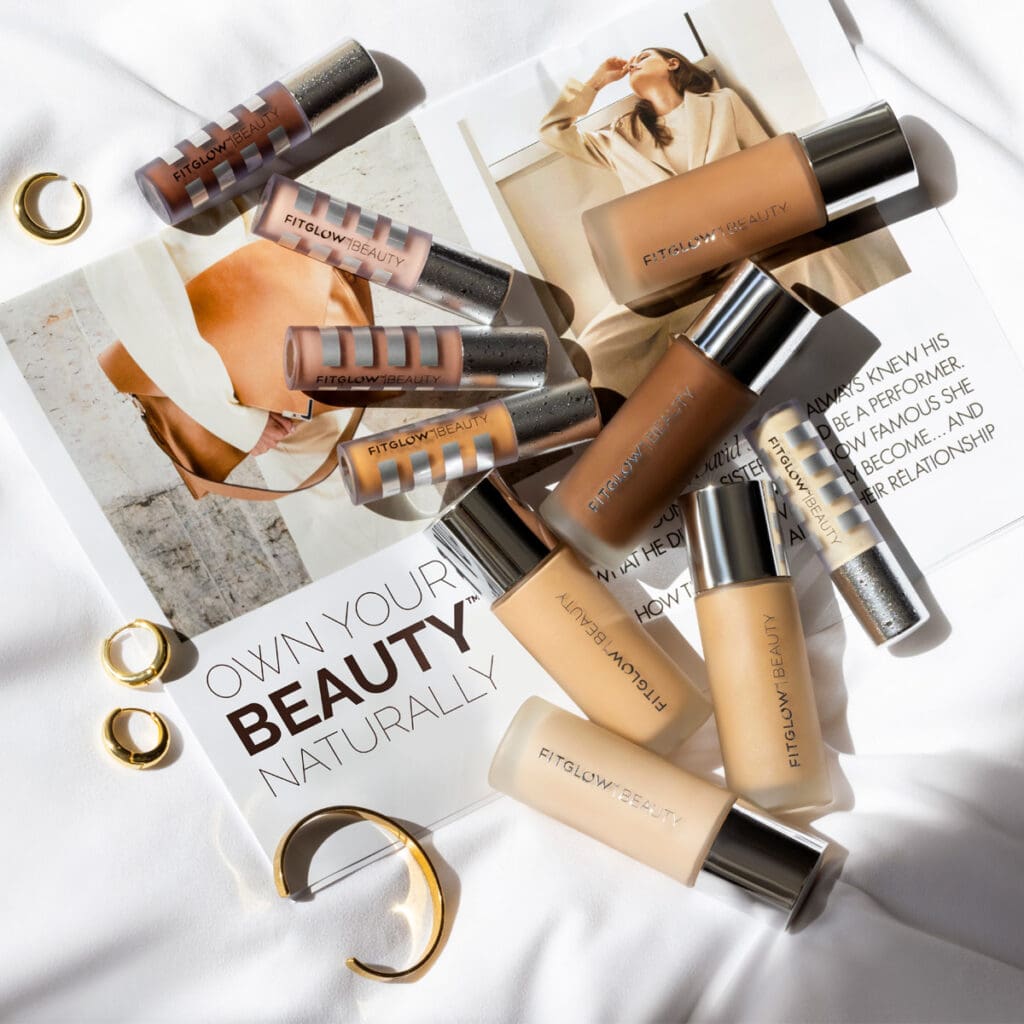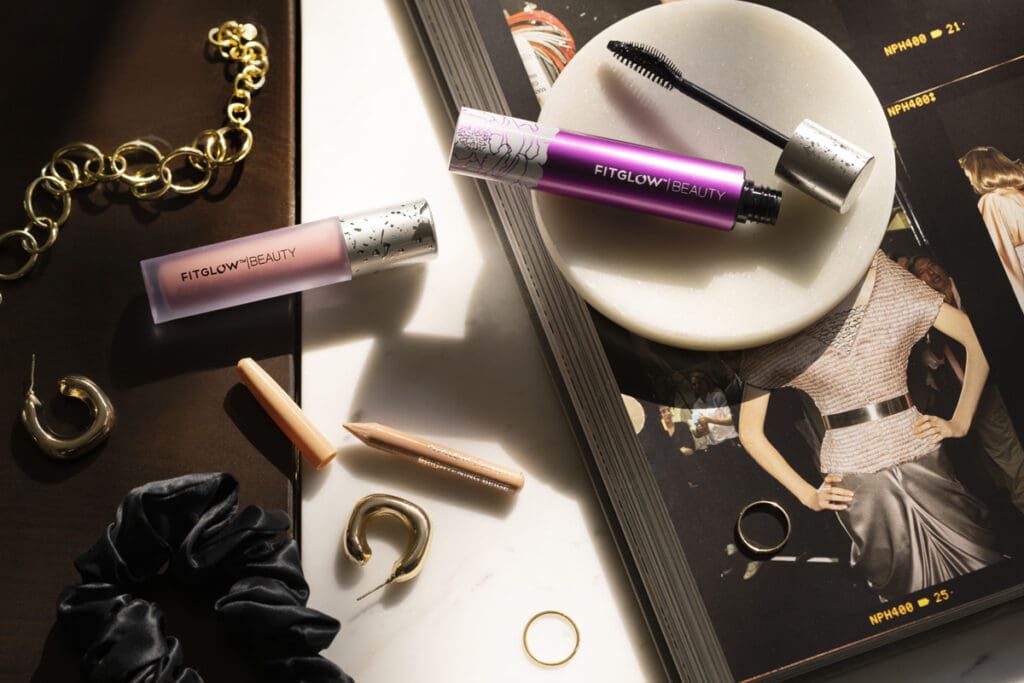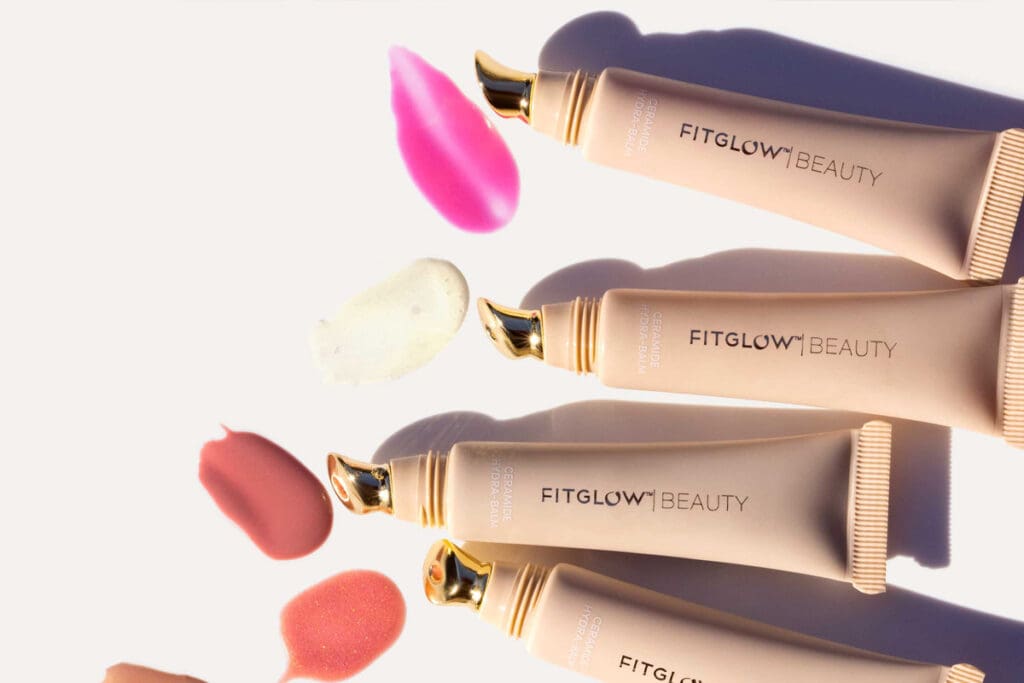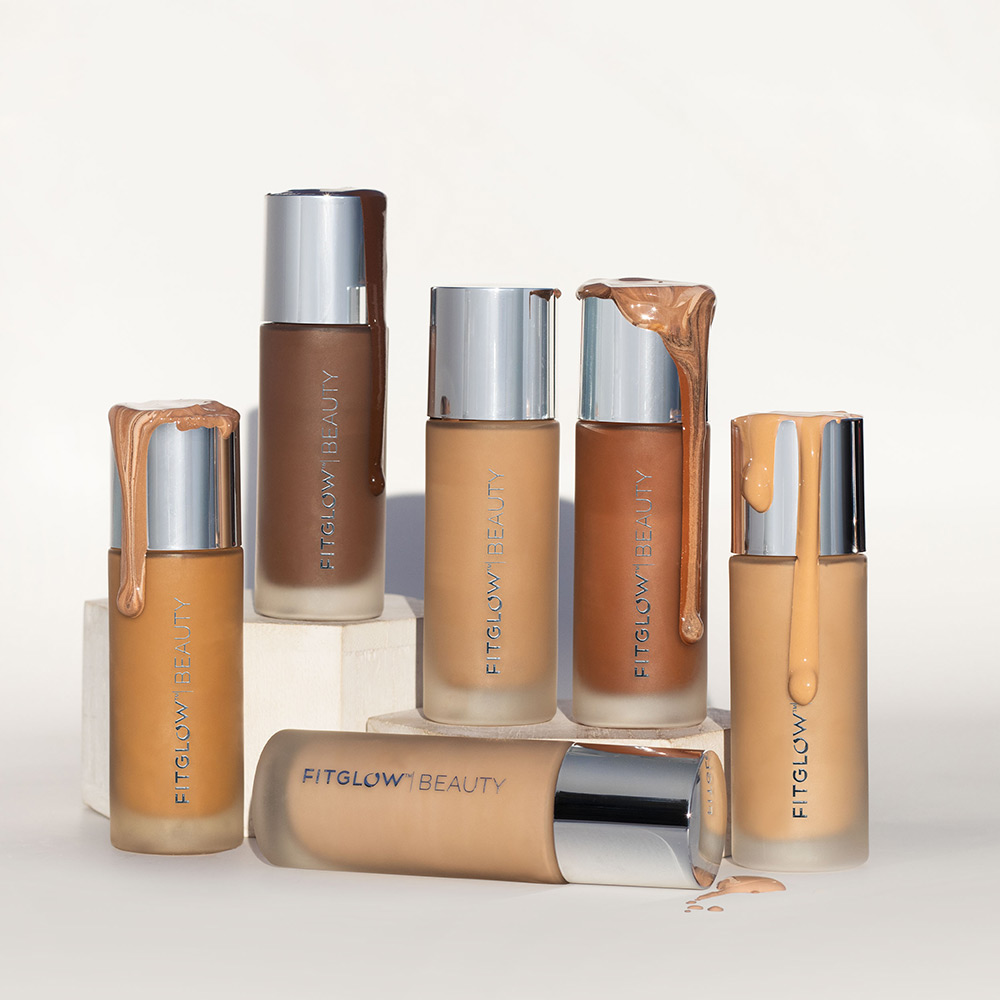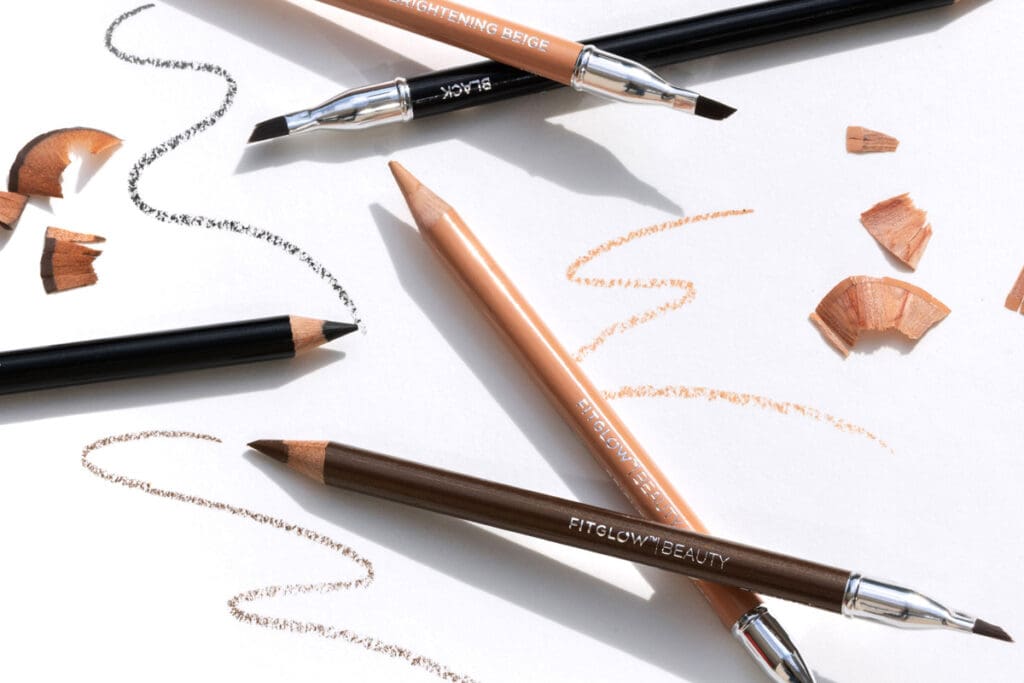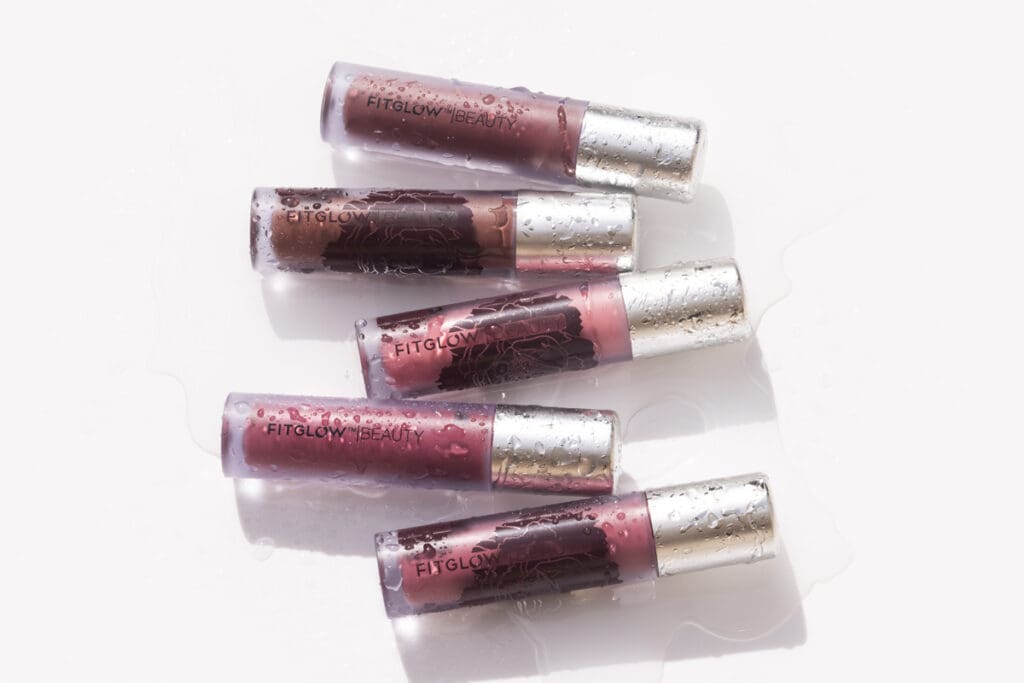If you struggle with skin conditions such as rosacea, eczema, or perioral dermatitis, your makeup could be making it worse — even if you’re using it to cover the symptoms.
Many synthetic ingredients in conventional makeup are known irritants or sensitisers, meaning they can either trigger flare-ups or worsen existing inflammation. Here’s how:
Fragrance
Fragrance (parfum) is one of the top allergens in cosmetics. It’s a common trigger for eczema and contact dermatitis and can cause burning or redness in rosacea-prone skin.
Preservatives
Preservatives like parabens, phenoxyethanol, and methylisothiazolinone can damage the skin barrier, leading to increased irritation and flare-ups.
Occlusive Fillers
Ingredients like silicones, mineral oil, and petrolatum can trap bacteria, sweat, and irritants on the skin’s surface, making conditions like perioral dermatitis and acne rosacea worse over time.
These also prevent the skin from properly regulating oil and moisture, which can lead to either dryness or excess sebum — both problematic for sensitive skin types.
Harsh Dyes and Metals
FD&C dyes and heavy metals (like aluminum or nickel contaminants in pigments) can cause skin inflammation, itchiness, and increased reactivity.
Especially in foundations and eye products, these ingredients have been linked to chronic skin irritation and hypersensitivity reactions.
Disruption of the Skin Barrier
Repeated use of products with alcohol denat, formaldehyde-releasing agents, and harsh emulsifiers weakens the skin barrier.
A compromised barrier means allergens, pollutants, and microbes can more easily penetrate, leading to chronic conditions like eczema or rosacea flares.
🔬 A 2019 study in Clinical Dermatology highlighted that up to 60% of rosacea patients experience increased symptoms from skincare and cosmetic ingredients — especially synthetic dyes, fragrances, and alcohol-based preservatives.
